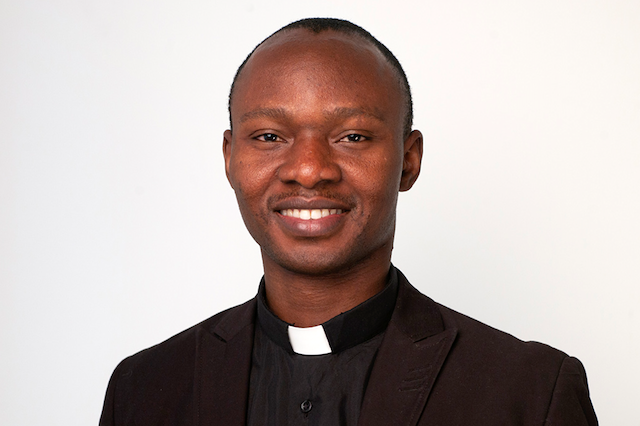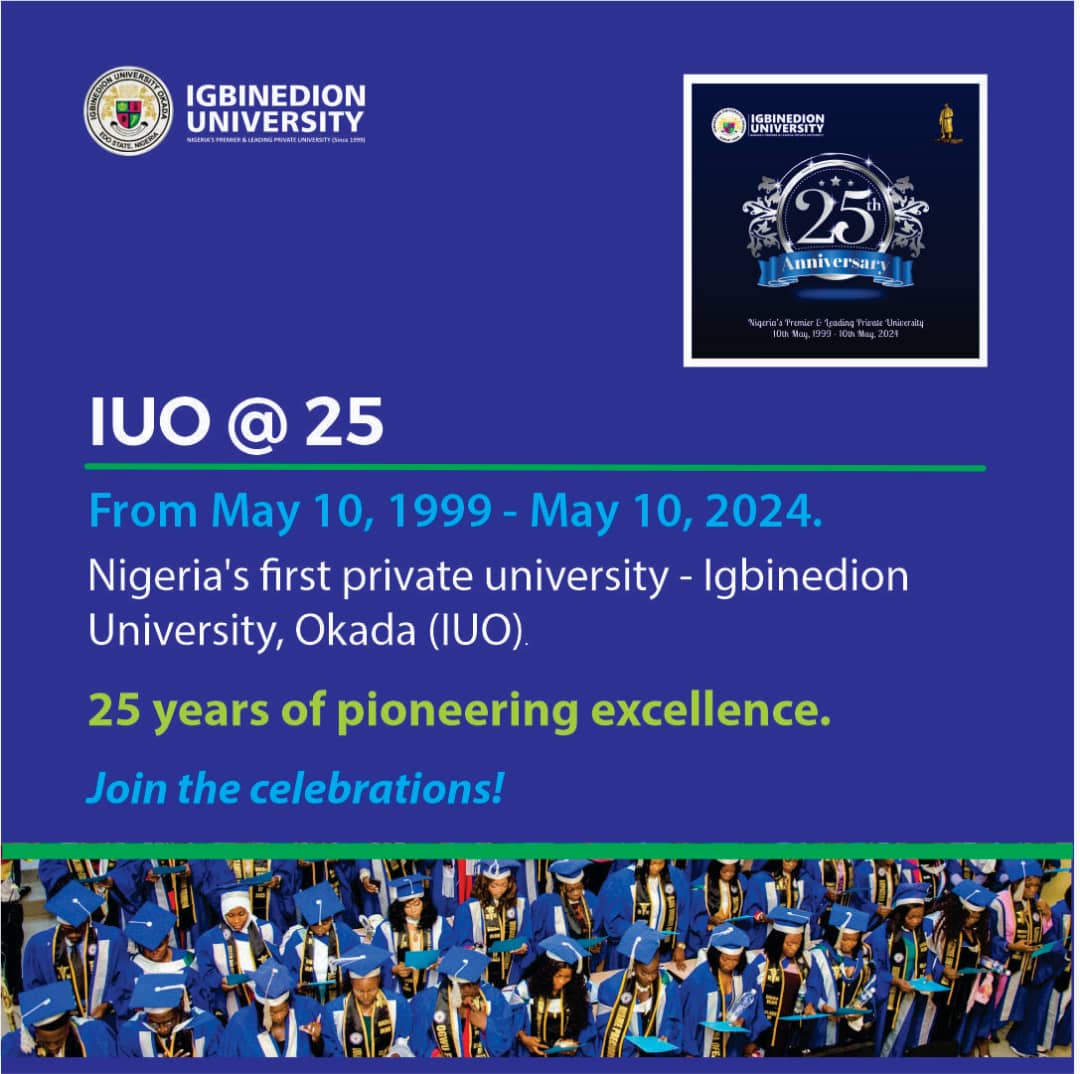EXCITING NEWS: TNG WhatsApp Channel is LIVE…
Subscribe for FREE to get LIVE NEWS UPDATE. Click here to subscribe!
You are Peter and upon this rock I will build my church and the gates of hell shall not prevail against it (Matt 16:18). For over two thousand years, the Catholic Church has been celebrating the Eternal Words of Jesus. In these words, we see in Jesus a firm commitment, not only to establish His Church, but also to sustain it. The Lord has provided this sustenance from generation to generation through so many institutions but chief among these ways is the institution of the Papacy.
The Papacy is the office and jurisdiction of the bishop of Rome, the pope who presides over the Holy See (the central government) of the Roman Catholic Church . The term pope was originally applied to all the bishops in the West and also used to describe the patriarch of Alexandria, who still retains the title. In 1073, however, Pope Gregory VII restricted its use to the bishop of Rome, confirming a practice that had existed since the 9th century.
As an Institution, the Papacy is responsible for so many wonderful things that is happening in the continent of Africa. The recent Papal visit to the Central African Republic and South Sudan is a huge testament of the monumental works done by the Papacy through the missionaries. We do not need to look too far in Nigeria to see what the Irish missionaries did with the support of the Papacy. This week’s reflection will take a critical look at the work of a brilliant missionary and academician, one who has taken us through memory lane in other to appreciate the great sacrifices undertaken by our forebears. In this reflection, we will place the brilliant works of Valentine Iheanacho side by side with the crass illiteracy that is manifested in the religious leaders of the 21st century, especially in Nigeria.
The book: Historical Trajectories of Catholicism in Africa consists of five parts; written in 183 pages. Part 1 began with an overview of missions in Africa with the incursion of the Portuguese with the assistance of the explorer and navigator Diogo Cao (1450-1486). Missionary activities here suffered many setbacks because of disease and bad weather. Despite several attempts made by the popes to encourage missionaries to Africa. That became possible only with the scientific discovery of quinine in 1631.
The Part 2 of his works deals with Missions in Africa in the twilight of the nineteenth century. “This period provided the background within which the missionaries operated” (Valentine). So many factors and figures propelled the missionary activities of the church in the second part. One of the most prominent is Pope Leo XIII, who was known for correcting errors, as in the case of Fr Carlo Maria Curci founder of the Jesuit Italian Journal Civilta Cattolica. Leo was very good with diplomatic approach to mission territories in Asia and Africa especially in Zanzibar when he met with the Sultan Barghash Ibn Said. In this chapter, Valentine dealt extensively with the role the Papacy played in the anti-slavery campaign, when slave trade was the most lucrative venture in Africa. Slave trade was indeed an ‘empire’ it cuts across continents, Asia, Europe, and Africa itself. “Thousands of Africans were transported or forced against their will to trek from central Africa to the slaves markets in Zanzibar, Khartoum and Caira” (Valentine). The book talked extensively of the work of a brilliant French Cardinal Lavigerie who reported to the Holy See how widespread this evil was; and on 5 May 1888, Pope Leo XIII issued an encyclical titled In Plurimis condemning in strong terms slavery and the liberating character of the Christian Gospel.
The Part 3 of the book offered a broad ambient of plantatio ecclesiae. The aim of every missionary activity should end in the planting of the church. It is an old concept that only was re-awakened at the beginning of the 20th century. All through the centuries, Valentine asserts, there were two approaches to mission that have been used simultaneously, the tabula rasa method and the adaptation method. In contradiction to the tabula rasa approach, the second method privileged adaptation as the preferred manner of proceeding in missionary undertaking. It seeks to recognize and appreciate the merits in other cultures and traditional values of other people beyond the shores of Europe.
The Part 4 of his works resolves around Missionary Tutelage to Indigenization. Using the theology of Karl Rahner to say, until the II Vatican Council the word ‘Church’ has always been in potency. He made the case for the evolution of the church, from Jewish Christianity, to Gentile Christianity. The second epoch as explained by Karl Rahner was from Antiquity to the middle Ages. The third was the leap of faith made by Europe, to the other continents of the world: The Americas, Asia, and certainly Africa. In her many mistakes, the Catholic Church did not get it right in Japan and China in the 12th, 13th, and 14th centuries. As most of the clergies where not indigenized. Waves of persecution and martyrdom snuff the little life of the church away in no time when it started. That trend, was greatly reversed in Africa, This chapter is ‘littered’ with incredible histories of indigenization, across the continents with specifics in Africa.
In Chapter 5, Valentine begins with the scientific nature of Church History, as a discipline that gathers a body of knowledge that analyses the past, understands the present, and have an insight into the future. Using the theological analyses of Karl Rahner. He explained one of Rahner’s legacies as making a distinction between worldliness and sinfulness of the church. Its worldliness is shaped by temporality, while its sinfulness refers to the departure of the Church from the ideal as a result its always being subject to change and occasional missteps like many other human institutions.
With the view point of Karl Rarner. Valentine Iheanacho has given us so many onions to chew. These onions clears the eyes and refreshes the brain. However, drawing from the last point in my review; in referring to the worldliness of the church and its sinfulness. It simply brings me to the earlier point I made in my earlier paragraph. The church in Nigeria, has demonstrated these in her love for prosperity gospel; the cravings for power and authority has caused divisions and separation from one General Overseer to another. The Catholic Diocese of Ihiara in Nigeria demonstrated this in the most abysmal manner just few years ago. Thus we appreciate Valentine looking at the brilliance of such a work in contrast to the illiteracy that permeates our religious leaders.
Karl Max once said that religion is the opium of the masses. I truly believe so. However, religion had shaped great men and women in history. Not so all is bad about religion. That is why we celebrate great works of religion in the book reviewed above. Two points that underscores the worldliness of the church is the summary of the preaching of two clerics. One a Christian and the other a Muslim. The Christian Cleric said. God revealed to him that the POS machine that we used to dispense cash before the naira re-designation will begin to dispense money physically, and rational people were answering Amen. Another cleric from the north, said if you vote our party, all the money you have changed will be given back to you whether you have bank account or not.
Pick a copy of Iheanacho’s book and learn religion using the science of history. ([email protected]).
Fr Stephen Ojapah is a priest of the Missionary Society of St Paul. He is equally the director for Interreligious Dialogue and Ecumenism for the Catholic Diocese of Sokoto, a member of IDFP. He is also a KAICIID Fellow. ([email protected])









